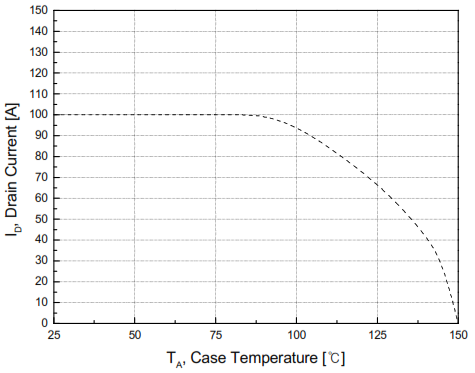Is the power distribution on a GPU card programmable from software? (For any vendor/generation, not just RX 480). Certainly the output VRM voltage is dynamically programmable, but can the actual current draw from card edge versus external PCIE plug be selected by software too? If so then a fix for RX 480 is easy of course. But it seems possible, even likely, that a simpler design would use a fixed, literally hard-wired, strategy of allocating say 3 VRMs drawing from the card edge and 3 VRMs drawing from the PCIE plug.
I could imagine programmable balance could be useful in other situations. Perhaps a GPU installed in a supercomputer node could realize there are 8 GPUs on the same PCIE bus, and deliberately choose to draw essentially all of its power from the robust per-card plugs. Or even dynamically change allocation, by noticing voltage sag from one input and rebalancing itself to lighten the current draw from that (struggling) source.
I could imagine programmable balance could be useful in other situations. Perhaps a GPU installed in a supercomputer node could realize there are 8 GPUs on the same PCIE bus, and deliberately choose to draw essentially all of its power from the robust per-card plugs. Or even dynamically change allocation, by noticing voltage sag from one input and rebalancing itself to lighten the current draw from that (struggling) source.




